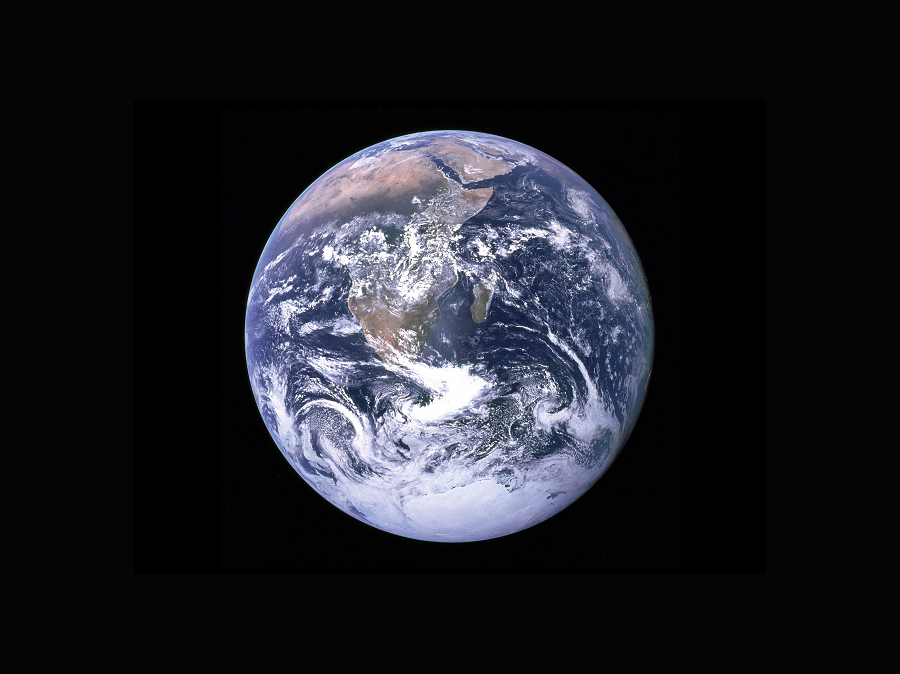Climate Change and Greenhouse Gas Emissions
Climate change refers to long-term shifts in temperatures and weather patterns. Anthropogenic or human activities have been the main driver of climate change, primarily burning fossil fuels like coal, oil and gas and clearing land and cutting down forests. Cutting down trees and using the firewood for cooking releases carbon dioxide in the atmosphere. Production and transport of coal, natural gas, and oil and also livestock and other agricultural practices, land use, and the decay of organic waste in municipal solid waste landfills releases methane. Carbon dioxide and methane are the primary greenhouse gases (GHG) that trap heat in the earth’s atmosphere- thus resulting in temperature and associated changes in weather patterns.
Emission Reductions and Removal
Emissions reductions refer to activities that reduce GHG emissions from their business-as-usual practice. For example – if a household using biomass fuel such as firewood and charcoal decides to switch over to electricity for part or all their cooking – then such actions result in emissions reductions – especially when electricity is produced using renewable energy sources such as hydro or wind. Removal of emission is, on the other hand, carrying out activities that take out or capture emissions already released in the atmosphere such as through reforestation or by using technologies such as carbon capture and storage.
Carbon Credits, Offsets, and Markets
When emission reductions or removals are verified and/or certified using scientific procedures and methodologies, then they may be eligible to receive carbon credits. Countries, companies, or individuals can use carbon credits to compensate for their GHG emissions by purchasing carbon credits from entities that remove or reduce GHG emissions. Carbon market refers to trading systems in which these carbon credits are generated and traded. When a credit is used by an entity it becomes an offset and is no longer tradeable. Carbon markets help drive innovations for efficient production and use of carbon credits.
Compliance Carbon Market
Carbon markets organised as part of regulatory and legislative requirements are called compliance markets. The EU Emissions Trading System (EU ETS), set up in 2005, is the world’s first major compliance market and the biggest carbon market. Under the Kyoto Protocol, three mechanisms (Emissions Trading, Joint Implementation and Clean Development Mechanism) were set up from 2008 that allowed industrialised countries to trade and purchase credits to meet their emission reduction commitments. The Paris Agreement, the follow-up to the Kyoto Protocol, which was adopted in 2015 and implemented from 2021 is expected to be the world’s largest compliance market where nations can trade credits to meet their emission reduction targets as part of their Nationally Determined Contributions (NDCs). NDCs embody actions that each country will take to reduce national GHG emissions – updated every five years.
Voluntary Carbon Market
Voluntary carbon markets (VCM) function outside of compliance markets and enable companies and individuals to purchase carbon credits on a voluntary basis to contribute towards reducing climate change impacts. The Integrity Council for Voluntary Carbon Market (ICVCM) and the Voluntary Carbon Market Integrity Initiative (VCMI) are the major initiatives governing the VCM. The ICVCM aims to set and maintain a voluntary global threshold standard for quality based on the Core Carbon Principles (CCPs) and its Assessment Framework. The VCMI’s Claims Code addresses the demand side ‘Integrity’ by guiding companies on how they can credibly make voluntary use of carbon credits and how they can make claims regarding the use of those credits.
Carbon Finance
Carbon finance or financing is the strategic use of revenues from the trade of credits. The use of carbon finance for clean cooking, alongside other household services (e.g., water filters), have typically reduced upfront costs thus incentivizing investments from individual households. Most carbon finance transactions already include some indication regarding the wider benefits arising from the activity (e.g., gender and health benefits). There is widely considered to be potential to expand and deepen the evaluation of the SDG benefits through clean cooking carbon finance activities, driven by growing social and environmental impact markets.
……………………………..
Click here to go back to the carbon financing main menu.
